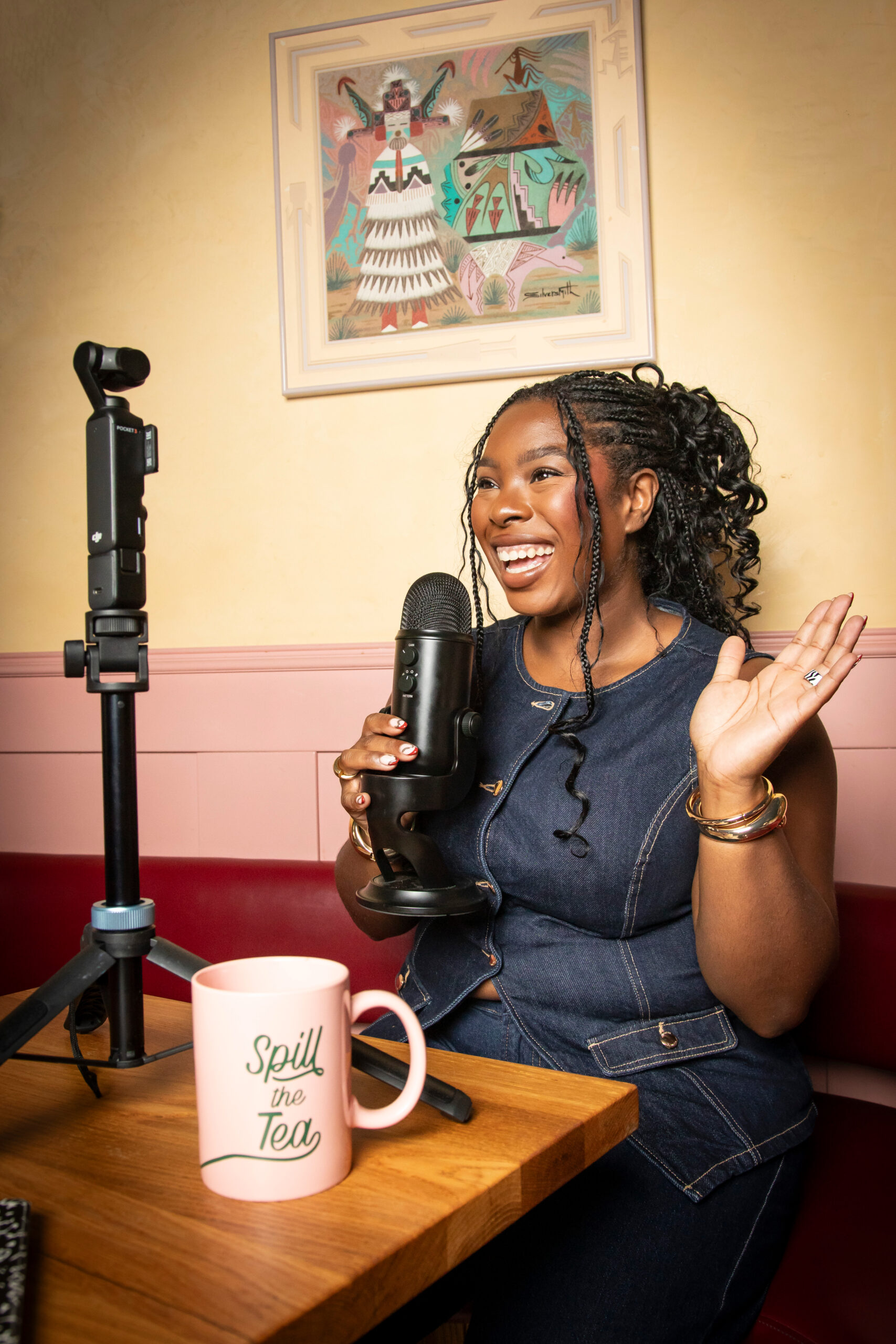HEY FRIEND!
I'm jemilla!
In the past 4 years, I’ve cut my teeth strategizing & writing award-worthy, revenue-increasing, results-snatching copy. And what really lights my fire is writing for woman-owned and BIPOC-led brands. I’m talkin’ the first day after a braiding appointment type of excited! Energizing them to go big with their bold ideas so that when launch time happens, the world thinks “OMG FINALLY, I’ve been waiting for something like this.” And giving them the tools to diversify the market.
about me
services
Why Do People Buy & How To Write Copy That Compels Them
February 10, 2025
The power of copy compels you! Good copy, that is 😜. And what is “good copy”? Well, it’s anything that appeals to people on an intellectual, emotional, and personal level, and convinces them that buying your product is worth it. But why do people buy?
There are a number of reasons, and understanding those motivations is a science all its own — the psychology of purchasing decisions.
In this post, I’m going to dive into:
- What makes good copy
- How to appeal to readers on an intellectual, emotional, and personal level
- The role of copy in buying process
- Different buying triggers
What Makes Good Copy
Clarity & Readability
Keep it simple, stupid! That phrase is like a copy commandment because of how often creatives repeat it. You never want to sacrifice clarity for creativity, so always make sure that you have clear messaging first and foremost.
And everyone’s attention spans are shorter than ever, so keep it in a scannable format, and make it accessible to all reading levels.
Cultural Relevance
Understanding your audience, the language they use, and having cultural context in your copy will make you more relevant and appeal more to your readers. Much more than generic, AI-written copy that’s boring, unfeeling, and impersonal.
Authenticity
Consistency is everything, and when you have an authentic brand voice that you stick to, you build trust with your readers, and they’ll feel a deeper connection to you.
Understanding Why People Buy
So why do people buy products, then don’t buy others? There are different journey’s each person takes to making a purchase, but it usually boils down to wanting to:
- Be liked
- Be appreciated
- Be right
- Feel important
- Make money
- Save money
- Save time
- Make work easier
- Be secure
- Be attractive or sexy
- Be comfortable
- Stand out
- Be happy
- Have fun
- Learn something
- Be healthy
- Quench their curiosity
- Have convenience
- Because they’re scared
- Because they’re greedy
- Because they feel guilty
Finding Your Audience’s Why
Research Methods
You can look at reviews, conduct consumer interviews and surveys, and do social listening to see what your ideal customer avatar think about brands and their products, and their motivations behind buying them.
Data Analysis
There’s a lot you can find from available data — like your ideal customers’ patterns, the language they use, their purchase triggers, and what gets them to finally decide to go through with the purchase.
Speaking to Different Levels
As you saw from the list above, people have different reasons for buying a product. You’ll have to know what those reasons are so you can figure out the best message to prioritize. Should you appeal to their logic? Their hearts? Or a day in their lives? Let’s break it down ⬇️
Intellectual Level
If your reader wants to make/save money, make work easier, learn something, or quench their curiosity, then you need to target the logical part of their brain.
You’ll want to appeal to them by:
- Using facts and figures
- Having llogic-based arguments
- Laying the technical details and industry knowledge on thick
- Using sales psych techniques like establishing your authority, bold statements, and FOMO
Emotional Level
If your ideal customer wants to be liked, appreciated, right, be attractive or sexy, be happy, or because they’re scared or greedy or feel guilty, then you’ll want to speak to them on an emotional level.
That looks like:
- Addressing their pain points
- Speaking to their aspirations
- Figuring out what triggers their desires and how they respond to fear — do they fight, or flight?
- Leaning on storytelling, personalization, and attentional bias
Personal Level
Similar to emotional drivers, personal drivers could be things like social status, convenience, or feeling important. So you’ll want to:
- Tap into shared experiences between your target audience
- Appeal to their values
- Lean on psychology techniques like social proof and reciprocity
Success Metrics
There are a lot of other factors to making lots of sales besides your copy (e.g., ad strategy, what you say at different stages of the marketing funnel, etc.). But whether you look at each element separately or all together, you’ll know you’re doing a great job if you see:
- High conversion rates
- Rising and consistent engagement levels
- Increasing click-through rates
- More sales
Wrapping It Up
Understanding why people buy isn’t just about psychology — it’s about connecting with your audience on multiple levels. Whether you’re speaking to their logical mind, their emotional heart, or their personal experiences, good copy brings it all together.
Ready to level up your copy game? Here’s how I can help:
- Just starting out? Grab my free Copywriting Fundamentals guide. It covers everything from basic principles to advanced techniques, helping you understand the foundations of great copy.
- Planning a launch, and need your email marketing in tip top shape? My Top to Bottom Funnel Sales Email Template Bundle includes 35 customizable templates that guide your audience from cold lead to hot buyer.
- Need ongoing support? My Copy Retainer gives you priority access to professional copy that connects and converts. From website updates to launch sequences, I’ve got you covered.
Remember, great copy isn’t about tricks or manipulation. It’s about understanding your audience and speaking their language. Whether you’re writing it yourself or working with a pro, make sure your copy connects on all levels: intellectual, emotional, and personal.






